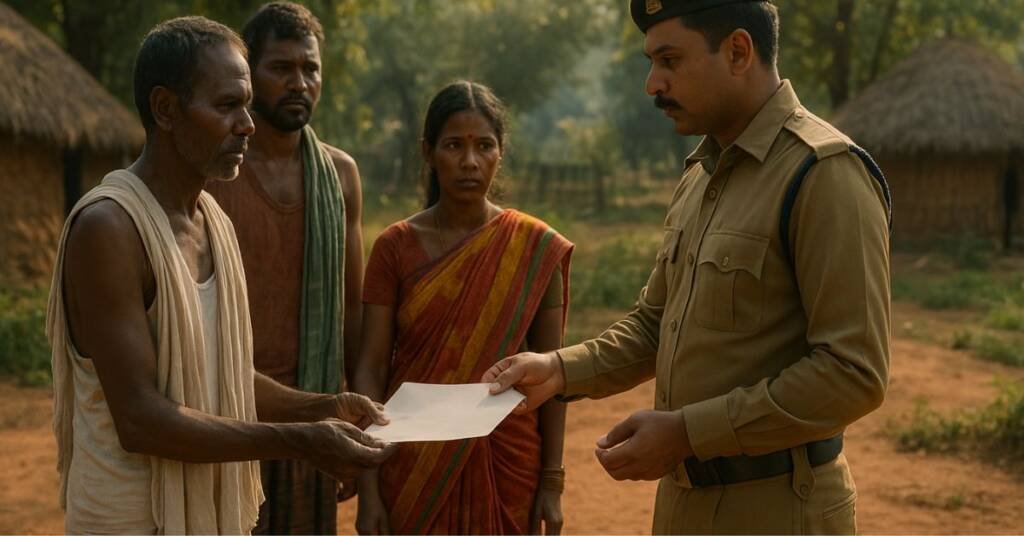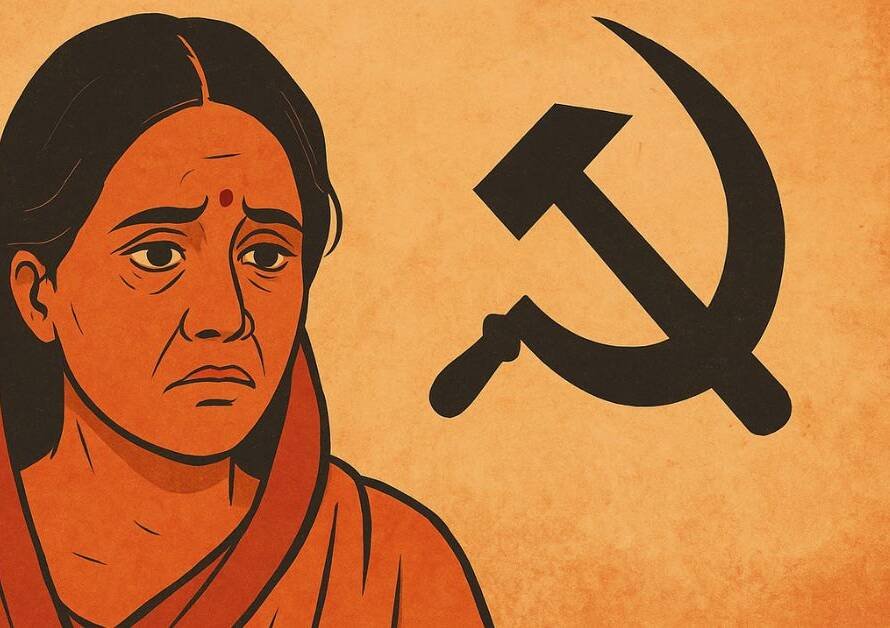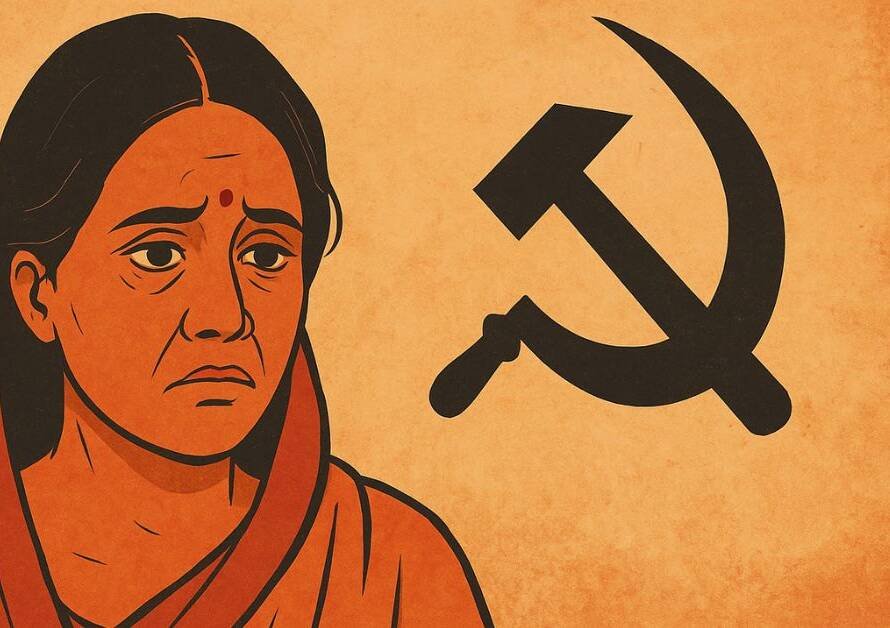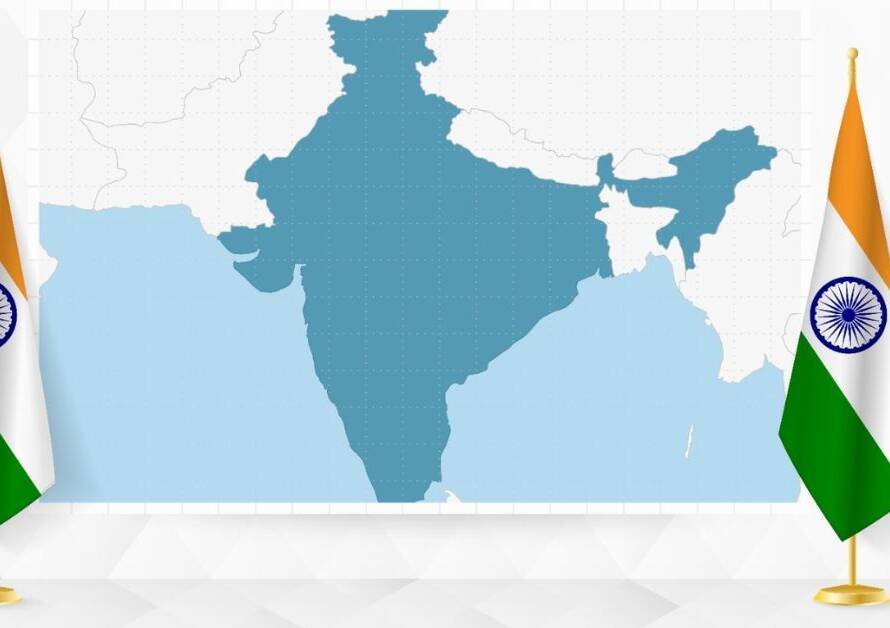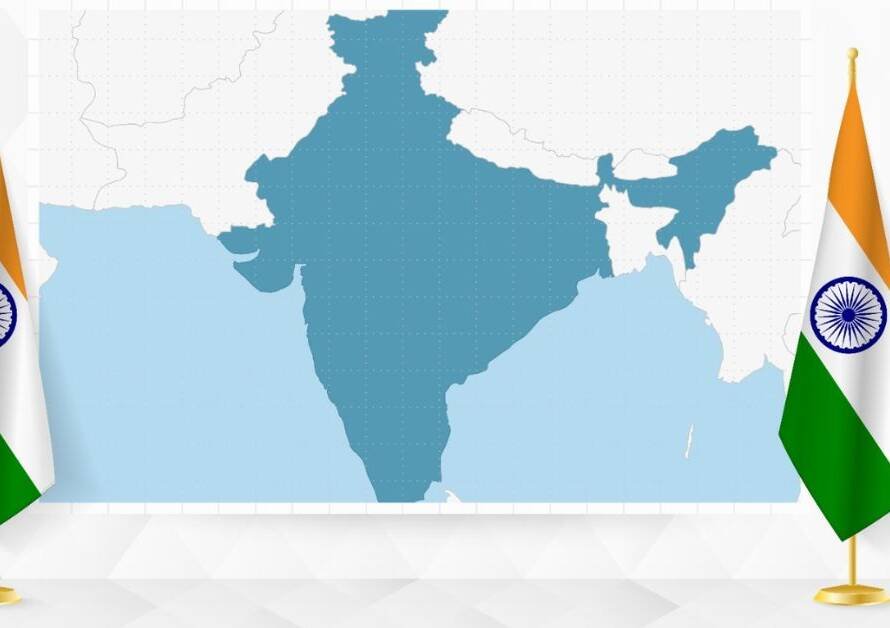A Call for National Awareness, Cultural Protection, and Coordinated Action Against Religious Exploitation
1. The Expanding Threat Beyond Chhattisgarh
- The alarming rise of forced and fraudulent religious conversions in Chhattisgarh’s tribal heartland is not an isolated issue — it is a pan-India challenge threatening the cultural and demographic balance of the nation.
- Similar activities have been reported across Jharkhand, Odisha, Madhya Pradesh, the North-East, and the international border states like Bihar, West Bengal, Assam, Nagaland, Mizoram, Arunachal Pradesh, and Tripura — all areas where economic vulnerability and social isolation make local communities easy targets for coercive missionary networks.
- In these sensitive zones, foreign-funded groups often disguise their operations under the labels of “humanitarian aid” or “education missions” while systematically working to dismantle indigenous spiritual traditions.
These conversions are not acts of voluntary faith, but outcomes of material inducement, emotional manipulation, and exploitation of poverty and illiteracy. - This pattern mirrors the early stages of Maoist infiltration, where ideological exploitation of poverty and grievance led to decades of violence and alienation.
Just as Bharat successfully contained Maoism through a combination of strong laws, strategic operations, and developmental outreach, it is now time for a nationwide framework to counter forced religious conversions that threaten both national security and civilizational continuity.
2. Chhattisgarh: A Case Study of Organised Religious Subversion
- The tribal belts of Chhattisgarh — particularly Bastar, Narayanpur, Dantewada, Durg, and Jashpur — have been witnessing increasing reports of conversions carried out through fraudulent “faith healing” sessions, disguised educational promises, and false job opportunities.
- Local testimonies and police investigations point to a sophisticated and organised network, often linked with foreign agencies.
Common Tactics Identified
- Changai Sabhas (Healing Meetings): Claiming miraculous cures through conversion.
- Educational Coercion: Forcing students in missionary institutions to adopt new faiths.
- Employment and Marriage Traps: Offering jobs or marital prospects in exchange for religious allegiance.
- Defamation of Native Beliefs: Systematically denigrating tribal deities and traditions.
- Financial Lures: Offering money, food, and healthcare in return for conversion.
This has resulted in deep social fractures and alienation from ancestral dharmic roots, directly undermining Bharat’s cultural unity.
3. Documented Cases of 2025
- July 2025 – Narayanpur–Durg:
Two nuns and a local accomplice were arrested for trafficking tribal girls under the pretext of nursing jobs; suspected forced conversion ring exposed. - Feb–Mar 2025 – Amleshwar (Durg District):
Police raided a “prayer meeting” doubling as a conversion camp; 100 attendees detained, three pastors arrested. - April 2025 – Bahatarai (Bilaspur):
A fake healing session claimed miraculous recovery through Christian faith. Six people, including the organiser couple, were arrested. - April 2025 – Holy Cross Nursing College (Jashpur):
A student accused the principal of coercing her to convert; FIR filed under non-bailable sections. - Ongoing – Mungeli, Korba, Surguja:
Missionary groups allegedly offering inducements, distributing medicines, and denigrating local gods to spread conversion propaganda.
4. Social and Civilizational Impact
- Loss of Tribal Identity: Ancient spiritual systems and nature-worship traditions are fading.
- Cultural Fragmentation: Converted individuals often isolate themselves from native communities.
- Communal Tension: Growing clashes between missionary groups and Hindu/tribal organisations.
- National Security Risk: External forces exploit divisions in border and tribal belts to destabilise India’s internal unity.
These conversions, if unchecked, could redraw Bharat’s demographic and cultural map within a generation.
5. Legal Framework and Gaps
- India’s Constitution, under Article 25, guarantees freedom of religion — but this freedom ends where coercion or fraud begins.
- The Chhattisgarh Freedom of Religion Act, 1968, though significant, has proven inadequate in tackling large-scale organised conversions.
- Weak enforcement, low penalties, and slow judicial processes have emboldened conversion networks.
Recognising this, Deputy Chief Minister Vijay Sharma has announced a new, tougher anti-conversion law, to be presented in the upcoming Assembly session.
- “The new Act will incorporate lessons from other states and include strict provisions against deception, inducement, and coercion,” he said. “Fraudulent ‘Changai Sabhas’ will also be banned through clear legal definitions.”
6. The Need for a National Strategy
The issue cannot be solved by one state alone. Just as the Maoist threat was tackled with a coordinated Centre-State strategy, forced conversions demand a unified national response.
Key Steps Recommended:
- Nationwide Anti-Conversion Framework: A central model law ensuring uniformity in defining and penalising forced conversions.
- Border and Tribal Vigilance Units: Special task forces to monitor missionary infiltration in sensitive areas.
- Economic Empowerment: Addressing poverty and education gaps that make people vulnerable to inducements.
- Cultural Revival Programs: Promoting indigenous faith awareness among tribals and youth.
- Legal Accountability for Foreign NGOs: Strict scrutiny of funds and activities linked to religious conversion drives.
- Community Protection Cells: Local groups trained to report coercive activities and assist victims.
Just as India’s strong resolve and legal clarity weakened the Maoist insurgency, a similar approach — firm yet fair — can restore balance and faith in the tribal belts.
7. Way Forward: Balancing Freedom and Responsibility
- India is a land of multiple faiths, but it has survived for millennia because of mutual respect, not religious manipulation.
- The right to propagate one’s faith does not mean the right to destroy another’s.
- True religious freedom is freedom of conscience, not freedom of coercion.
The upcoming legal and social framework must thus ensure:
- Voluntary faith decisions.
- Protection of vulnerable communities.
- Punishment for coercive or deceitful conversion.
- Cultural education that builds pride in tribal and Sanatani roots.
8. A Call for National Awakening
- What began in remote tribal villages is now a national concern demanding united action.
- Bharat’s strength lies in her spiritual diversity and cultural depth — not in religious uniformity imposed through deceit.
- The fight against forced conversions is not against any religion, but against fraud, coercion, and cultural destruction.
To preserve Sanatana Dharma, protect indigenous traditions, and safeguard the nation’s unity, Bharat must rise again — with awareness, vigilance, and courage.
🇮🇳 Jai Bharat, Vandematram 🇮🇳
For old Blogs please visit our website www.saveindia108.in
To join our whatsapp Community please click
https://chat.whatsapp.com/FMr2WNIgrUVG9xK78FW5Dl?mode=r_t
To join our Telegram group please Click https://t.me/+T2nsHyG7NA83Yzdl Old Blogs are available on the telegram group also.

